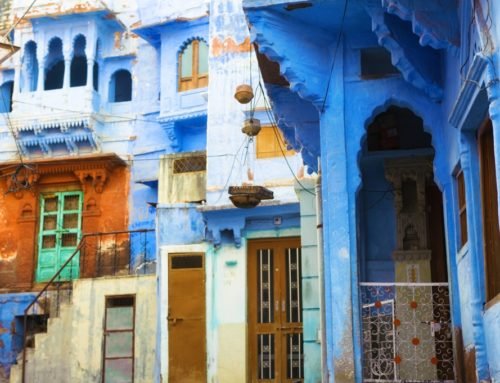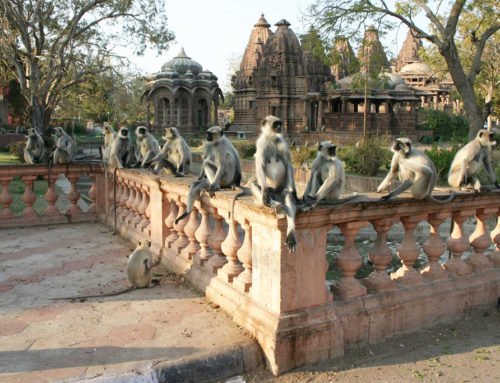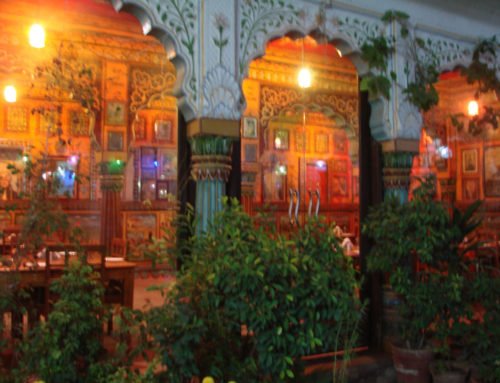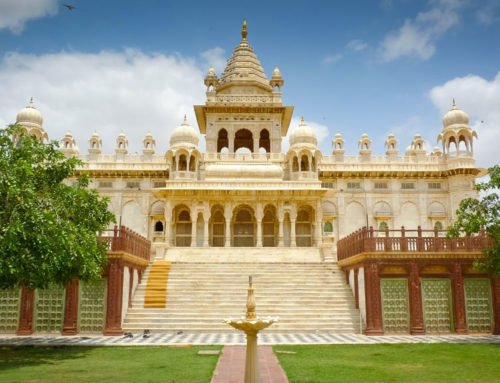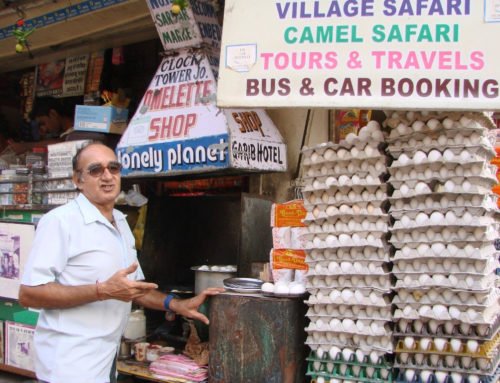Overview
- Features: A 20th century palace partly converted into a grand hotel
- Opening Times: 9am to 5pm, daily
- Best Time to Visit: Late October to early March
- Duration: 2 to 3 hours
- Travelled By: Auto rickshaw
- Cost: Museum – Indian/foreigner Rs 15/50
- Address: Chittar Hill, Jodhpur, Rajasthan, India
- Type: Palace
Author Reviews[display_rating_item_results rating_form_id=”2″ rating_entry_ids=”1″ show_category_filter=”false” show_options=”true” result_type=”star_rating” preserve_max_rating=”true” show_title=”false” show_count=”false” ]
Total Rating: [display_rating_result rating_form_id=”2″ show_count=”false” show_rich_snippets=true] [accordions load=”1″] [accordion title=”User Reviews” last] [display_rating_item_results rating_form_id=”5″ show_options=”true” result_type=”star_rating” preserve_max_rating=”true” show_title=”false” show_count=”true” show_rich_snippets=true] [/accordion] [accordion title=”Add Review”][display_rating_form show_email_input=”true” show_comment_textarea=”true” show_name_input=”true” rating_form_id=”5″] [/accordion] [/accordions]
Summary
Umaid Bhavan is a magnificent palace and grand hotel situated on Chittar Hill, three kilometres south of Jodhpur city. Most of the palace is now converted into the Taj Umaid Bhavan hotel. Due to its beautiful renovations, the hotel also hosts special private banquets and wedding receptions in its magnificent halls. Umaid Bhavan also has a museum which is quite interesting too.
Umaid Bhavan Palace Jodhpur
Umaid Bhavan Palace is situation on Chittar Hill overlooking the Umaid Sagar beyond the walls of the old city. We took an auto rickshaw to Umaid Bhavan which is three kilometres south of the old city.
It is also known as Chittar Palace because local Chittar sandstone was used to build it. The building of this palace started in 1929 as a famine relief exercise when the monsoon failed for the third year running. Over 3000 people worked for 15 years building this enormous 365-room palace of sandstone and marble at a cost of around Rs 11 million. The hand-cut blocks are interlocked into position without any mortar and incorporates 100 wagon-loads of Makrana marble and Burmese teak in the interior.
[singlepic id=2851 w=720 h=560 float=center]
It was designed by Henry Lanchester for Maharaja Umaid Singh, with the most modern furnishing and facilities in mind, and completed in 1943.
[singlepic id=2854 w=720 h=560 float=center]
The royal family (Gaj Singh II aka Bapji) still occupy part of the palace, while the rest of it has become a suitably grand hotel.
[singlepic id=2852 w=720 h=560 float=center]
The Umaid Bhawan Palace Museum includes the Darbar Hall with its elegantly flaking murals plus a good collection of miniatures, armour and quirky old clocks as well as a bizarre range of household paraphernalia. If it was fashionable in the 1930s, expensive, and not available in India, it’s in here. Many visitors find the tour and the museum in general disappointing with not much to see (most of the china and glassware you could see in your grandma’s cabinets).
[singlepic id=2853 w=720 h=560 float=center]
The Taj palace hotel which occupies the majority of the building has been beautifully restored, but is officially inaccessible to non-residents. Try sneaking in for a cold drink and a look at the magnificent domed interior, a remarkable separation from the Indian environment in which it is set.
[singlepic id=2850 w=720 h=560 float=center]
The Taj Palace Hotel has been so beautifully restored that they hold wedding receptions and private banquets in the halls. Above is a picture of a wedding reception being held in one of the outside chambers of the palace hotel.
Occasionally, the Maharaja’s highly polished classic car collection is on display on the front lawn situated in front of the museum. They are usually brought out for festivals and exhibitions held during the year.



